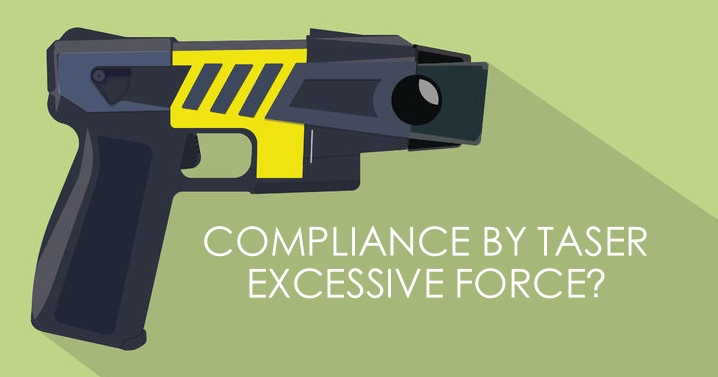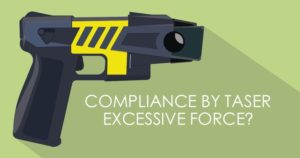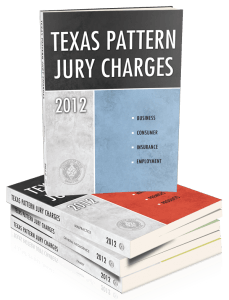
 In Schmerber v. California, 348 U.S. 757 (1966), the U.S. Supreme Court held that a warrantless blood draw constitutes a search and seizure under the Fourth Amendment. The Court also laid out the two-part test for determining the legality of the search:
In Schmerber v. California, 348 U.S. 757 (1966), the U.S. Supreme Court held that a warrantless blood draw constitutes a search and seizure under the Fourth Amendment. The Court also laid out the two-part test for determining the legality of the search:
1) Whether the police were justified in requiring [the suspect] to submit to a blood test; and
2) Whether the means and procedures employed in taking [the suspect’s] blood respected relevant Fourth Amendment standards of reasonableness.
Schmerber, however, involved a blood draw performed by medical personnel at a hospital according to acceptable medical practice. In holding that the search was reasonable in that case, the Court conspicuously noted:
We are this not presented with the serious questions which would arise if a search involving use of a medical technique, even the most rudimentary sort, were made by other than medical personnel or in other than a medical environment – for example, if it were administered by police in the privacy of the stationhouse. To tolerate searches under these conditions might be to invite an unjustified element of personal risk of infection or pain.
Id. at 771-772 [emphasis added].
Well…what if a police officer draws the blood? At the stationhouse?
This happened in State v. Johnston.
A woman was arrested for suspicion of DWI and two Dalworthington Gardens officers drew her blood at the Dalworthington Gardens stationhouse. That the officers had a warrant did not convince the suspect to comply with the request to draw her blood. Ultimately, the officers had to strap her to a table using gauze to keep her still enough to draw her blood.
Although the officer that drew the blood was a prior EMT and had been certified by a local physician to draw blood, the trial court suppressed the blood evidence, finding that the search was unreasonable under Schmerber. Troubled by the fact that the officers did not ask the suspect for a general medical history before conducting the blood draw, the fact that the blood draw was not recorded, the fact that the suspect was restrained, and the fact that the department did not have any clear guidelines for using force during DWI blood draws, the 2nd District Court of Appeals (Fort Worth) agreed that the trial court appropriately suppressed the evidence.
The State appealed, arguing that the Court of Appeals’ interpretation was too narrow. The defendant also appealed, arguing that the Supreme Court intended a per se ban on police officers drawing blood from DWI suspects.
The Texas Court of Criminal Appeals began its analysis by recognizing that the “for the general population, the Supreme Court has determined that a blood test is a reasonable means in which to analyze an individual’s blood alcohol content.” And in this case, because there was no evidence that the suspect suffered from a medical condition that would have made another means of testing preferable, it was not unreasonable (under Schmerber) to draw the suspect’s blood.
The CCA also held that Chapter 724 of the Texas Transportation Code – the chapter that deals with the implied consent law and details who may draw a person’s blood – is inapplicable to a reasonableness determination in this case, because the officers had a warrant. The defendant argued that because a police officer is not listed as a person authorized to draw blood under Chapter 724, the blood draw was unreasonable. Chapter 724, the CCA concluded, applies only in cases where there is no warrant.
Regarding the test for reasonableness, the CCA concluded that “the reasonableness of the manner in which a DWI suspect’s blood is drawn should be assayed on an objective, case-by-case basis in light of the totality of the circumstances. In this case, the totality of the circumstances indicate that the search was reasonable.
- The officer that drew the blood was a licensed EMT. (He had also been certified by a local physician, but the CCA didn’t care about that).
- The Supreme Court (Schmerber) does not require that the draw be done in a hospital or clinic and several other jurisdictions agree.
- The trial court concluded that the officers followed medically accepted procedures for drawing the blood.
- The use of reasonable physical force to obtain a blood sample is permissible.
The CCA held that the blood draw performed at the stationhouse by the police officers was reasonable under the Fourth Amendment and Schmerber. I would agree (in this case). I wonder how many police officers (especially ones that deal regularly with DWI) are getting in line to get EMT certified now.




 Yesterday, the Court of Criminal Appeals handed down
Yesterday, the Court of Criminal Appeals handed down 
 When conducting voir dire of prospective jurors (the venire panel), Texas law says that a lawyer cannot ask a “commitment question.” The Texas Court of Criminal Appeals defines a “commitment question” as
When conducting voir dire of prospective jurors (the venire panel), Texas law says that a lawyer cannot ask a “commitment question.” The Texas Court of Criminal Appeals defines a “commitment question” as
 Byrd v. State
Byrd v. State The Texas Court of Criminal Appeals released an opinion this month in a case where a man entered a convenience store brandishing a rifle. When the man looked around, however, he noticed that there wasn’t anyone in the store. The store clerk was in the back office watching the man on the security camera. When the clerk saw the man enter the store, he locked the office and called 911. Unable to open the cash register, the “robber” stole the clerk’s wallet and some money that was behind the counter. The “robber” never saw anyone inside the store. Then he left.
The Texas Court of Criminal Appeals released an opinion this month in a case where a man entered a convenience store brandishing a rifle. When the man looked around, however, he noticed that there wasn’t anyone in the store. The store clerk was in the back office watching the man on the security camera. When the clerk saw the man enter the store, he locked the office and called 911. Unable to open the cash register, the “robber” stole the clerk’s wallet and some money that was behind the counter. The “robber” never saw anyone inside the store. Then he left.
 Faced with the question of whether Reckless Driving is a lesser-included offense of Aggravated Assault With a Motor Vehicle (alleged as a Deadly Weapon), the Texas Court of Criminal Appeals explained that there are, indeed, many ways in which a vehicle can be used as a deadly weapon apart from the vehicle being driven, to wit:
Faced with the question of whether Reckless Driving is a lesser-included offense of Aggravated Assault With a Motor Vehicle (alleged as a Deadly Weapon), the Texas Court of Criminal Appeals explained that there are, indeed, many ways in which a vehicle can be used as a deadly weapon apart from the vehicle being driven, to wit: It seems like all I write about anymore is the Court of Criminal Appeals reversing a Court of Appeals case and siding with the State. Well, this post is no different.
It seems like all I write about anymore is the Court of Criminal Appeals reversing a Court of Appeals case and siding with the State. Well, this post is no different.
 Can the State simply read her grand jury testimony into evidence as past recollection recorded even though the Defendant was not present to cross-examine her during that hearing? Normally, I would say yes, but I’m not talking about a witness that cannot remember one fact or another. I’m talking about a witness that cannot remember ANYTHING about which she testified before the grand jury. To me, that changes the game a bit.
Can the State simply read her grand jury testimony into evidence as past recollection recorded even though the Defendant was not present to cross-examine her during that hearing? Normally, I would say yes, but I’m not talking about a witness that cannot remember one fact or another. I’m talking about a witness that cannot remember ANYTHING about which she testified before the grand jury. To me, that changes the game a bit.





